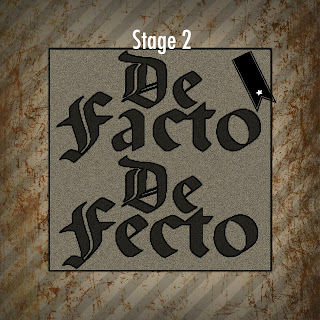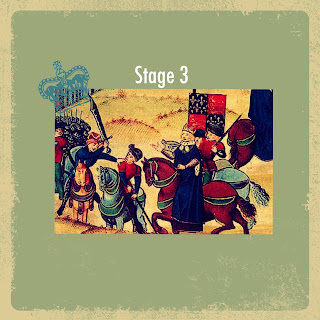At the end of World War I, Canada was sent spinning into a looming future of economic struggles and depression.The country was struggling to keep order among the people and was barely surviving as a nation. Then in the 1940's Canada and its allies, France and Britain, embarked on daring journey, later known as World War II, when they declare war on Germany. Ironically, the war proved to be a God-send for Canada in a sense because in order to keep up with the demand for war supplies millions of Canadians were able to find work manufacturing ammunition and vehicles. At the end of the war, Canada experienced an economic boom as manufacturing jobs spread across the nation like wild fire. However, all good things must come to an end and as the economy began to slowly decline once again Canada would soon be faced with a problem which it had never encountered before.
At the begging of the 1960's in Canada, there was a dull roar that began to steadily get louder and louder and spread throughout the nation. This roar was coming from the soon to be notorious province of Quebec, located in the eastern part of the country. This province is the home to many French-Canadians who's descendants had immigrated to Canada from Europe in the 1800's. When the 60's came the people of Quebec began to fear that their French culture would be stomped out and replaced if they didn't not take action in order to protect it. Quebec at this time was behind the rest of Canada in its attempt to modernize, because the people felt an enormous sense of pride in preserving the tradition and culture that they had valued for so long. Soon the people of Quebec would show the nation just how much their culture means to them.
In 1960 Quebec's greatly loved prime minister, Maurice Duplessis, dies and in turn leaves behind a mourning province of anxious French-Canadians. With the loss of their prime minister Quebec would now have the flood gates open upon them for the change they had been fearing to begin. Many new politicians began to step in in an attempt to modernize Quebec known as the "Quiet Revolution". In this attempt many educated officials flocked to the province in order to lay a foundation to make Quebec transform into an iconic province in the Canadian nation. However the people of Quebec had a different plan brewing in order to make Quebec an important part of Canadian history.
In a desperate attempt to save their changing province radical separatists groups began to form in Quebec. These groups quickly turned to violence in order to convey their message to keep the traditional French beliefs and culture that the have cherished for so many years.Terrorism started to become an every day occurrence in Quebec with the radical groups setting off hundreds of bombs in government buildings all across the crumpling province. In the terrorists most notorious attack they kidnapped and murdered the vice-premier of Quebec which caused to prime minister to declare martial law in order to regain control.
In recent years Quebec has sorted out all of its cultural disputes and remains a fairly peaceful province. The majority of the people who live there today continues to be French-Canadians and people of French descent. Quebec is a beautiful province with many sites to witness the true beauty of nature. However, Quebec will always have this dark spot on their history and will forever be notorious for their passion to fight for their culture and beliefs.


"Map of Quebec." Quebec Map: Google Map of Quebec, Canada. N.p., n.d. Web. 29 May 2013. <http://wwp.greenwichmeantime.com/time-zone/north-america/canada/quebec/map/>.
N.p., n.d. Web. <http://travel.nationalgeographic.com/travel/world-heritage/historic-district-old-quebec/>.
"Portrait of Québec." Québec’s History and Heritage: Colonial Days, Modernity. N.p., n.d. Web. 29 May 2013. <http://www.bonjourquebec.com/qc-en/histoire0.html>.
"Quebec." Wikipedia. Wikimedia Foundation, 28 May 2013. Web. 29 May 2013. <http://en.wikipedia.org/wiki/Quebec>.
"20th Century Canadian History." JJs Complete Guide to Canada RSS. N.p., n.d. Web. 29 May 2013. <http://www.thecanadaguide.com/20th-century>.






